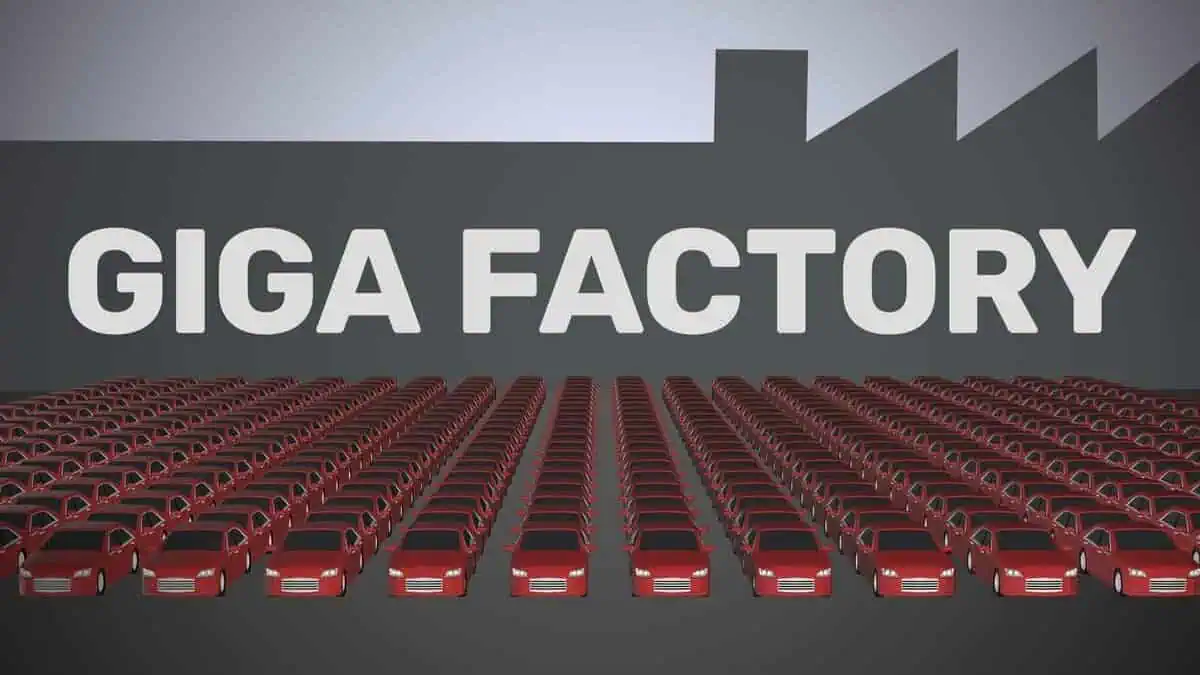Tesla’s newest Gigafactory in Mexico is reportedly set to kickstart vehicle production in the first quarter of 2025, as revealed in a recent report from Chinese media. The report indicated that Tesla had communicated this updated target timeframe to its Chinese component suppliers, providing them with valuable insights into the production schedule.
The report suggests that the production commencement at Gigafactory Mexico might face a delay of one or two quarters from the initial expectations.
In addition, sources familiar with the matter claim that Tesla underestimated the complexities of constructing the facility in Mexico, leading to the adjusted timeline.
The news has generated significant buzz among industry experts and Tesla enthusiasts eagerly anticipating the factory’s launch.
Incentives and repercussions for suppliers involved
Tesla has reportedly warned its suppliers in China that failure to achieve localized production in Mexico by 2025 could result in difficulties securing orders from the upcoming facility.
Furthermore, these suppliers may also risk losing their export deals to Tesla’s American factories.
Tesla has reportedly indicated that it will not provide further support or guaranteed orders to Chinese suppliers establishing operations in Mexico.
However, it asserted that investing in Mexico could still benefit suppliers. The publication revealed that Tesla might offer selected partners in Mexico a purchase price that is 18%-20% higher than the orders placed in China.
This strategy could increase gross margins by approximately 3 percentage points for the Chinese suppliers involved.
Gigafactory Mexico’s ambitious production capacity and investment
Gigafactory Mexico is poised to become Tesla’s most ambitious and groundbreaking electric vehicle production facility worldwide. With an initial production capacity target of a staggering 2 million vehicles, this facility will play a pivotal role in shaping the future of automotive manufacturing.
To support the massive production goals, Tesla plans to invest approximately $10 billion in the construction, development, and optimization of the Gigafactory. This substantial investment underscores the company’s long-term vision and determination to significantly impact the transition to sustainable transportation.
Gigafactory Mexico also provides an opportunity to stimulate the local economy through employment opportunities. The factory is estimated to create jobs for around 7,000 workers.
Next-gen vehicle and production innovations
Giga Mexico’s primary role will be to produce Tesla’s highly anticipated next-generation vehicle, set to revolutionize the EV market with its expected price range of $25,000.
This upcoming model represents a significant milestone for Tesla as it aims to make EVs more accessible to a wider consumer base.
In addition, the production scale required for this next-gen vehicle goes beyond that of Tesla’s previous models, including the popular Model 3 sedan and the Model Y crossover.
Therefore, Tesla is actively developing innovative manufacturing processes and technologies to meet demand and achieve efficient production.
The company’s engineers and production teams work tirelessly to optimize the assembly line, streamline manufacturing processes, and explore advanced automation techniques. These efforts aim to maximize efficiency, reduce costs, and ensure the seamless integration of cutting-edge components and technologies into the vehicle.
See Also:
- Tesla is developing a new production line for the $25,000 EV in Giga Mexico, per Gov. Sepúlveda
- Tesla Giga Mexico construction may begin in March, with new EVs arriving the following year
- Tesla officially confirmed plans to erect its next Gigafactory in Mexico
- Report: Tesla closing in on Nuevo Leon, Mexico factory announcement
- Tesla reaches final negotiation for a $4.8 billion Gigafactory in Spain, per a report
All that said, Tesla will closely monitor the progress and success of Gigafactory Mexico as it aims to meet its ambitious production targets and bring forth its next-generation vehicle. All these efforts will undoubtedly contribute to the company’s ongoing expansion and innovation in the electric vehicle market.






